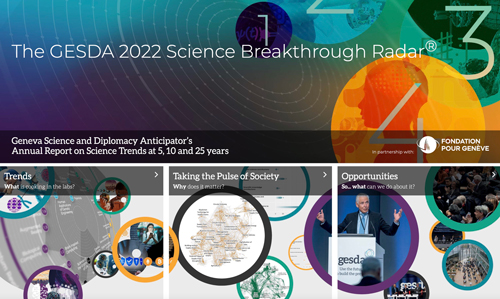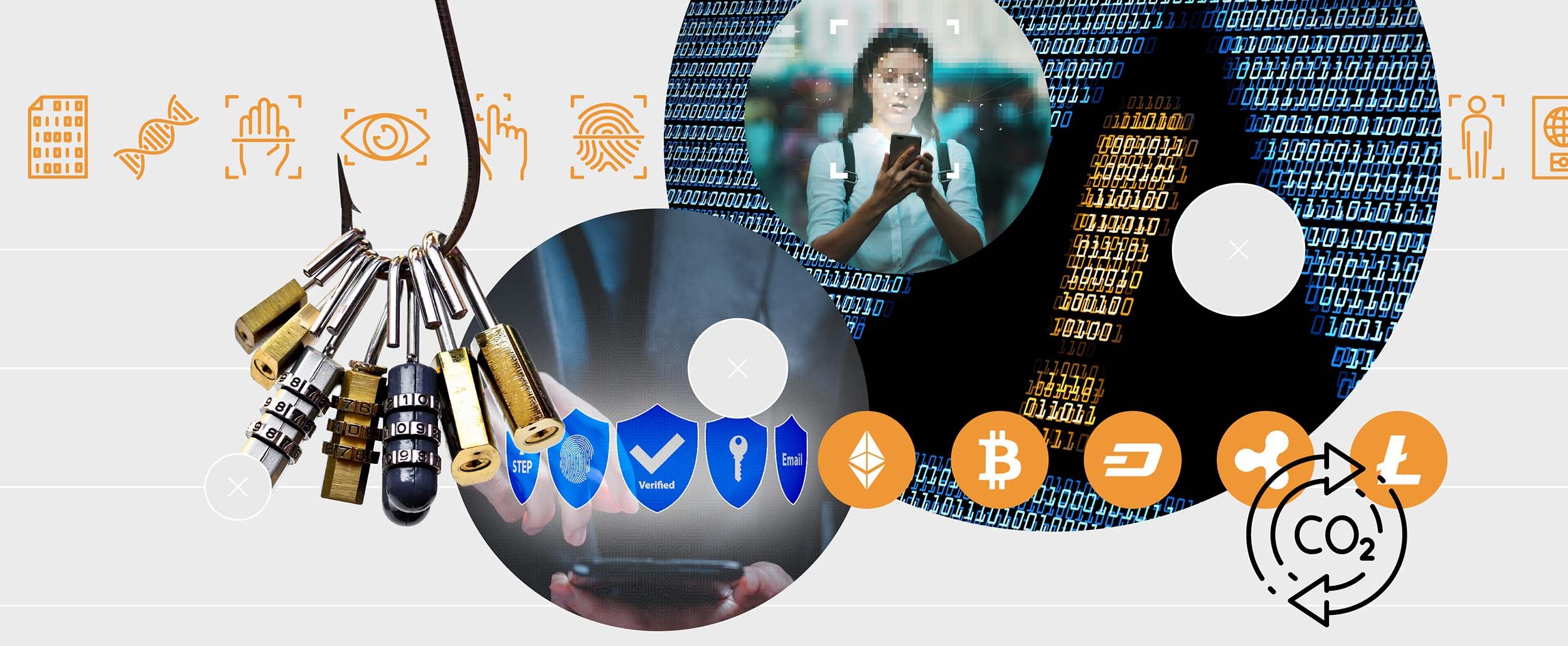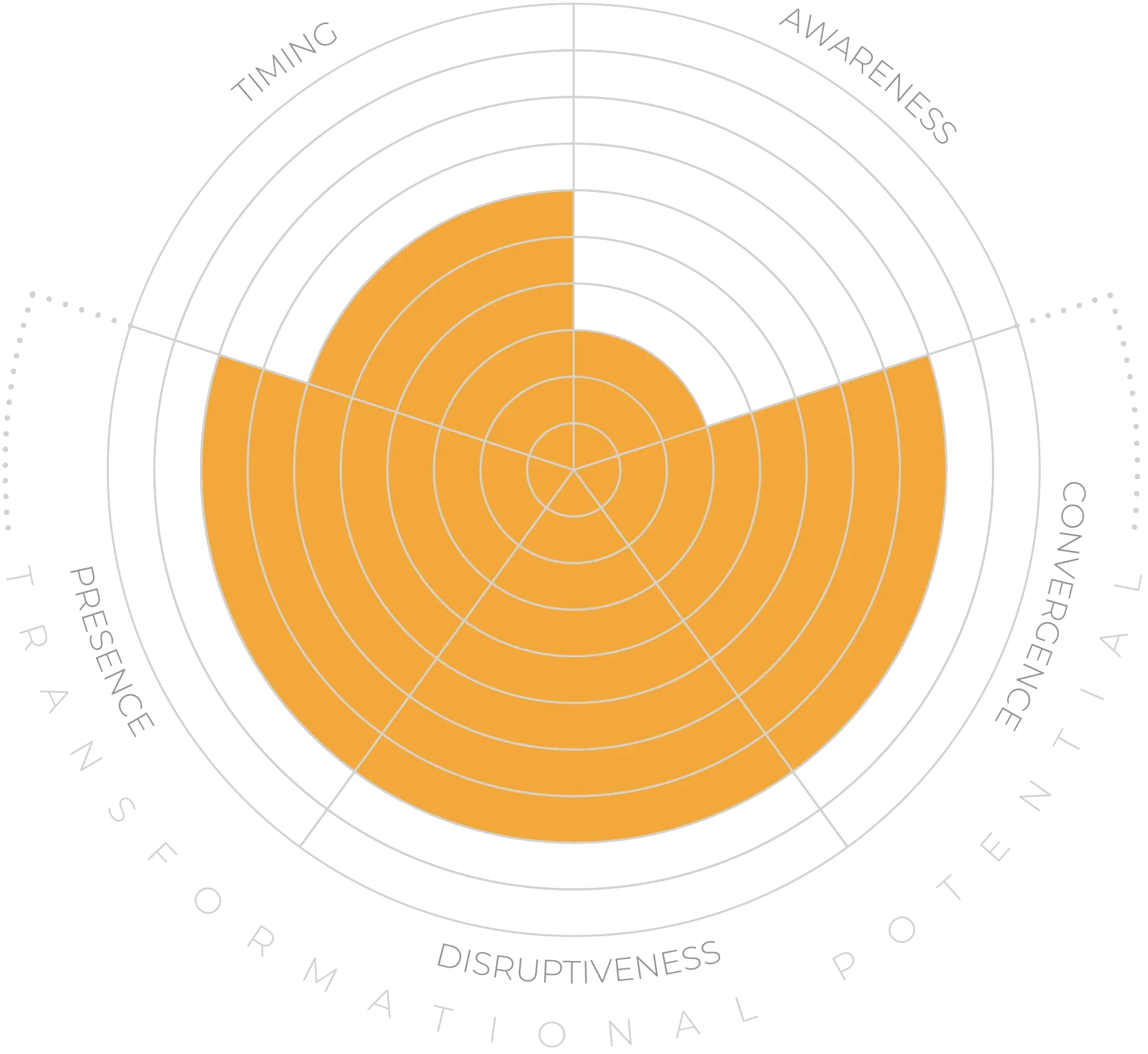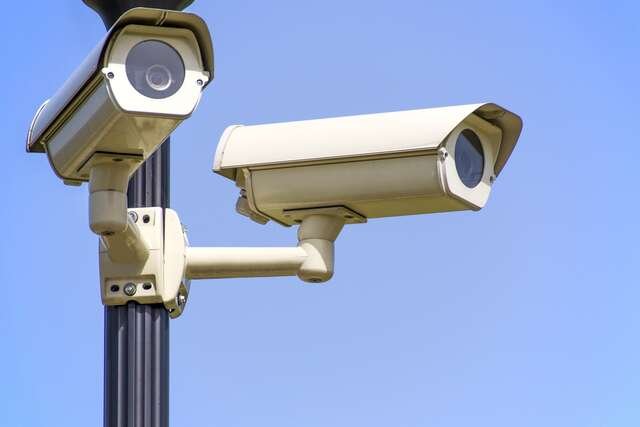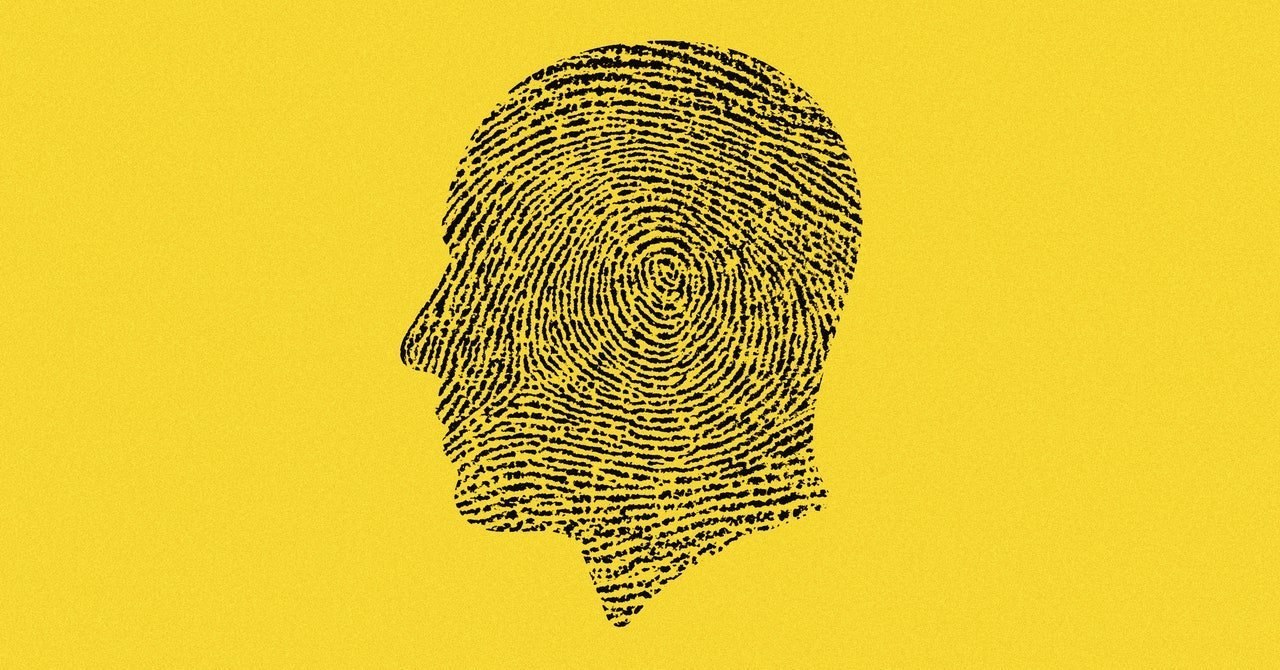Such technologies enable the rapid and deliberate spread of misinformation via social media platforms, often before it can be clearly labelled as fake.
This raises a wide range of challenges for society. At one level is the arms race to develop technology that can spot synthetic content, such as deepfakes: this is likely to be constantly challenged by better techniques for making them.
Blockchain technologies can help here, reliably certifying the source and provenance of information. This is increasingly used in areas like healthcare and emerging digital democracies such as those in Estonia. Healthcare tech is likely to lead the way in this area because the new health services that digitisation provides are much needed in most societies.
However, blockchains come with certain risks. They are vulnerable to certain kinds of attack and their security is not always clearly verifiable. Some blockchain instances require institutions to give up control of their data --- a requirement that may prove too much for certain organisations. For example, many governments are reluctant to embrace blockchain-based cryptocurrencies for fear of losing control of monetary policy.
At the same time, the war in Ukraine is forcing governments to consider controlling cryptocurrencies to prevent them being used to circumvent sanctions.10
Biometric technologies for identifying individuals provide an alternative means of digital verification, and in many cases have reached sufficient maturity to be useful in this area. Because of this identity verification has evolved significantly from passwords and Captchas to include face, iris and fingerprint recognition and even biochemical techniques such as DNA analysis. Many of these techniques are widespread and relatively secure. However, they will be increasingly under attack from malicious actors as a way to gain illicit access to confidential records and to financial, health and security-related systems.
